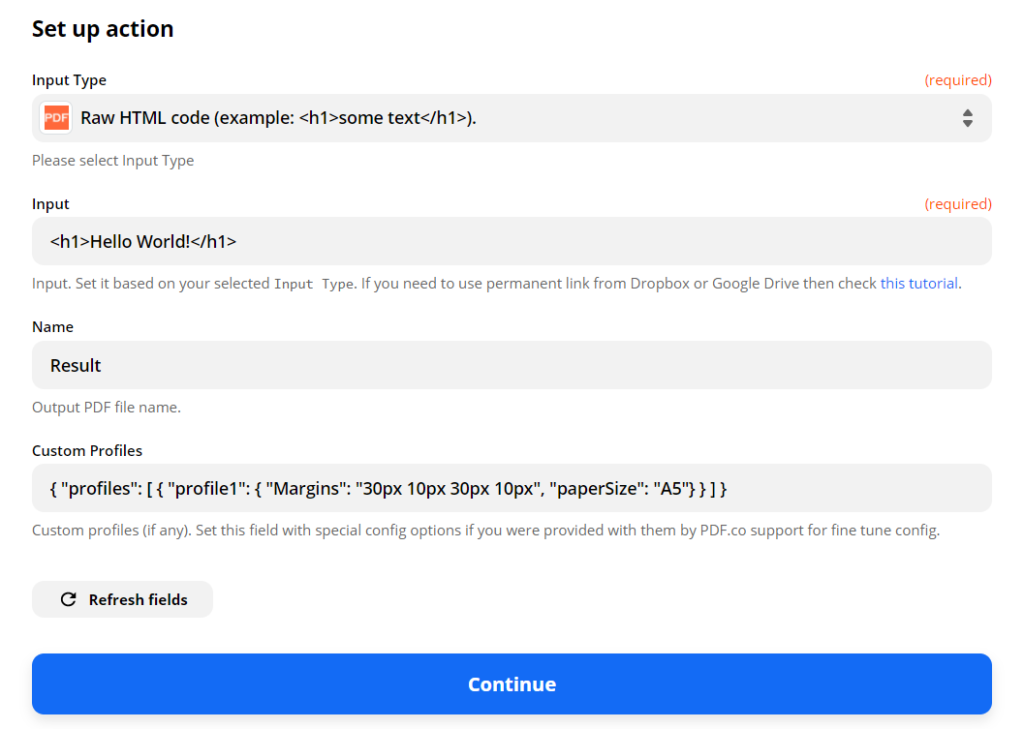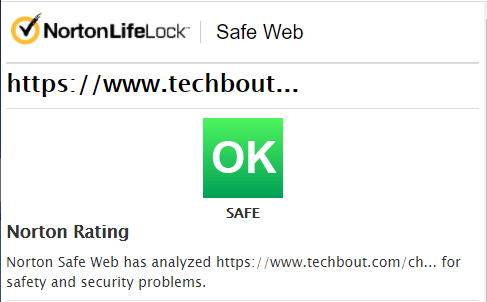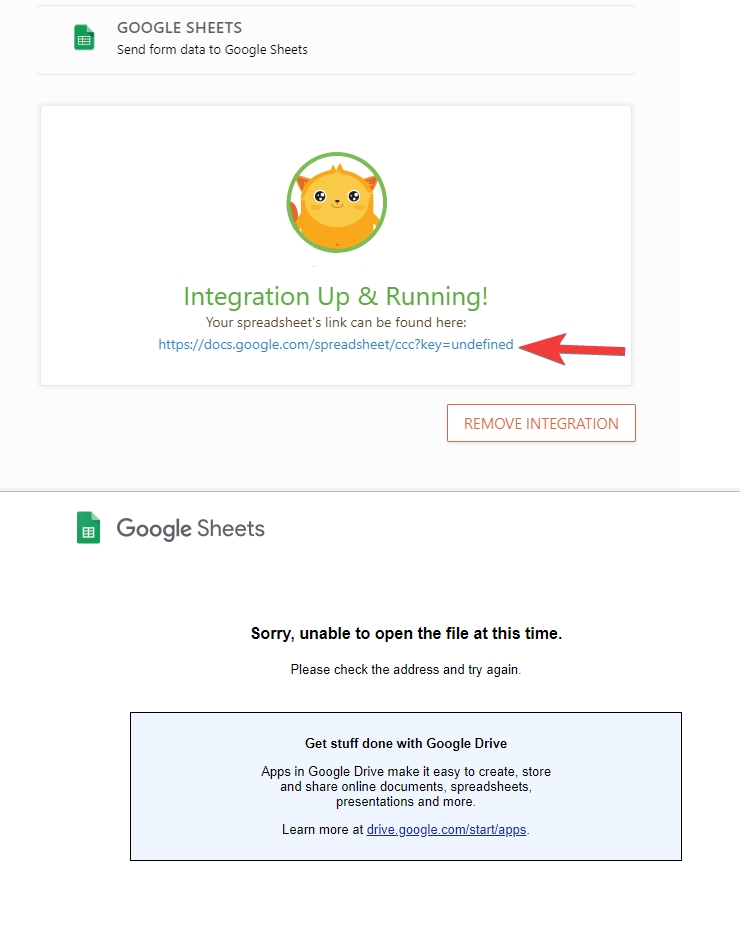
If you’ve done everything right, you’ll see the URL field on the page layout you added it to.įor added convenience, you can also add the shiny new URL field to a list view. Go to the Page Layouts tab in Object Manager and select a layout to add the URL field to.ĭrag the new field onto the page and click Save. Now that you’ve created your custom field, it’s time to make it visible in page layouts and list views. In the screens that follow, you’ll be able to manage field-level security and page layouts for the new field.Īdding Your Custom URL Field to Page Layouts

Give your field a label & name and click Next. Scroll to the bottom of the page and select URL. You’ll need to choose a type for your new field.

Go to the Fields and Relationships tab and select New. You can also select your target object type directly from Object Manager in Setup.

To add a custom URL field to a record page, navigate to the record where you’d like your custom field to appear and select Edit Object. But it’s fast, it’s simple, and everything you need to do it is pure Salesforce 101. Does it scale well at all? Absolutely not. Now, is this the best way to link Google docs to Salesforce records? I wouldn’t say so. Do you need to link a Google doc to a Salesforce record? Do you need it done fast? There’s a quick, easy trick for getting it done: simply using a custom Salesforce URL field to link out to a document or folder in Google Drive.


 0 kommentar(er)
0 kommentar(er)
